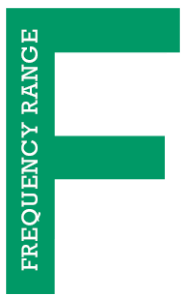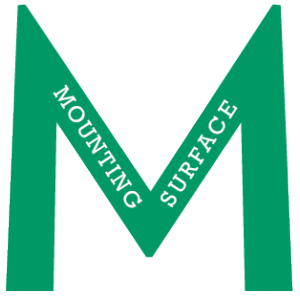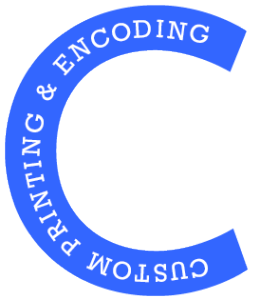Passive RFID tags electronically store data enabling RFID readers and antennas to identify and track objects. Each RFID tag has specific attributes that define its limitations physically, environmentally, and mechanically. When applied to a particular RFID system’s requirements, these limitations help narrow down the search to find the optimal tag. The seven attributes below should be considered when selecting an passive RFID tag.
Frequency Range
Similar to the other parts of an RFID system, RFID tags should be tuned to the correct frequency range for the country in which they are deployed. If the reader is transmitting on the 902-928 MHz band and attempts to read tags tuned to the 865-868 MHz band, the tags will not respond.
Key Takeaway: Consider the operating region regulations for your application and select a tag compatible with the specific region.

Environment
If your application must endure extreme temperatures, sand, water, dirt, or an intensive laundering process, it is essential to select an RFID tag that is built to withstand such conditions.
Key Takeaway: Consider all environmental factors and check them against the tag’s specifications. There are many specialty RFID tags developed to survive extreme conditions of all sorts.
Mounting Surface
Each RFID tag is designed to be applied to a specific set or sub-set of materials. RFID tags generally work well on materials such as plastic, wood, or cardboard, but only certain tags have the ability to work well on more complex materials such as metal or glass. Tags that can be mounted on metal or glass usually cost more than typical RFID labels or inlays.
Key Takeaway: Consider the mounting surface to which the tag will be applied.
Size
RFID tags are manufactured in different sizes and shapes to better accommodate for unique applications. Depending on the specific application and the amount of space on the object to be tagged, size can play a critical role in determining the ideal tag. Some applications are hampered by the lack of available room on an object, such as tagging medical and surgical instruments.
Key Takeaway: It is important to understand how much surface area is available when selecting an RFID tag.
Attachment Method
The material and shape of the item to be tagged are two of the most important aspects to consider when determining the appropriate attachment method. Some tags will work well with all-purpose adhesives and epoxy, while other tags will need to be adhered with rivets, screws, or welding equipment. Objects such as cardboard boxes typically will be tagged using general purpose adhesive, while metal pallets might require rivets or screws.
Key Takeaway: Attachment methods for a given tag are typically found within the tag’s datasheet.
Read Range
An RFID tag’s read range is a crucial component of almost all RFID systems. However, there are many factors that affect read range – such as antenna gain, reader transmit power, and tag orientation – and each should be considered when determining the optimal range for your application.
Key Takeaway: Consider the read range your application requires and test a variety of tags to ensure success.
Custom Printing & Encoding
Custom printing and encoding do not necessarily narrow down the RFID tag choices; however, both are important to consider before purchasing. If your application is customer facing, custom printing may be a feasible option to keep your tags looking professional with a logo or a barcode on the front. Custom encoding may be beneficial if you lack the time, equipment, or manpower to encode your RFID tags with a custom sequence of data. Access control applications are a primary example of where custom encoding plays a crucial role.
Key Takeaway: Consider if your application may benefit from custom labeling or encoding of RFID tags.
If you have any questions about how to choose an RFID tag for your system, do not hesitate to contact us.
If you would like to learn more about all things RFID, check out our website.





